
 Data Structure
Data Structure Networking
Networking RDBMS
RDBMS Operating System
Operating System Java
Java MS Excel
MS Excel iOS
iOS HTML
HTML CSS
CSS Android
Android Python
Python C Programming
C Programming C++
C++ C#
C# MongoDB
MongoDB MySQL
MySQL Javascript
Javascript PHP
PHP
- Selected Reading
- UPSC IAS Exams Notes
- Developer's Best Practices
- Questions and Answers
- Effective Resume Writing
- HR Interview Questions
- Computer Glossary
- Who is Who
Central Tolerance or Negative Selection: Function, Mechanism and Associated Diseases
Introduction
Our immune system produces a nearly infinite number of lymphocytes and each of these expresses unique antigen-specific receptors on its cell membrane. These receptors are encoded by the random re-arrangement of pre-existing gene segments.
Antigen-specific receptors are usually generated in the early development stages of lymphocytes which is prior to the encounter with the specific antigens. These antigen-specific receptors on the T-cells are called TCR and on B cells called BCR.
These lymphocyte receptors when encounters a specific antigen, get stimulated and undergo proliferation to produce the clone of specific lymphocytes, and at last these get differentiated into effector cells and memory cells.
The immune system also generates lymphocytes that have the capability to recognize self-antigens and such are called Auto-reactive or self-reactive lymphocytes. Our immune system has to make sure that only the lymphocytes which can recognize the foreign antigens should get matured as the maturation of auto-reactive lymphocytes will cause damage to host tissues.
Immunological tolerance is the ability of our immune system to tolerate or not respond to the self-antigens and also to produce T cells and antibodies against only the foreign antigens.
Types of Immunological Tolerance
Immune response to self-antigens or self-tolerance is prevented in the human body by various mechanisms and processes operating on the cells of the immune system. The establishment of self-tolerance is achieved by 2 step process that is mainly 2 types. They are Central and peripheral tolerance.
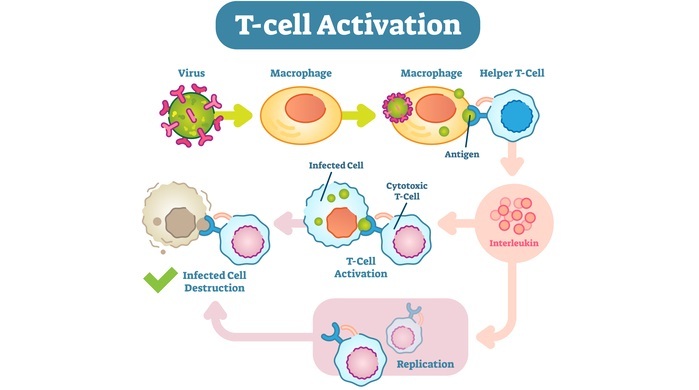
Central Tolerance
It is the detection and removal of lymphocytes that recognize the self-antigens in the primary lymphoid organs (thymus and bone marrow) where the development of lymphoid organs takes place and also the sites where the T and B lymphocytes first express their antigen receptors. Lymphoid organs provide the growth factors and other molecular signals for lymphocyte maturation.
Central tolerance mainly occurs during the early developmental stages of the lymphocytes. The mechanisms and processes of the central tolerance eliminate most auto-reactive B and T cells. But central tolerance is not foolproof. This is where peripheral tolerance comes into play.
Central tolerance for T cells or removal of T lymphocytes that recognize self-antigens (self-reactive T cells) occurs in the thymus whereas central tolerance for B cells (removal of self-reactive B cells) occurs in the bone marrow.
Mostly the T cells originate in the bone marrow and mature in the thymus for further development. In the thymus, T cells arrange their receptor genes which are the important functions of the thymus. Developing T cells in the thymus is known as thymocytes.
Each of these thymocytes has randomly generated specificity. T cells recognize peptide antigens as peptide MHC complexes which are our own body molecules and do not recognize amino isolation. Hence these MHC are called self-MHC molecules.
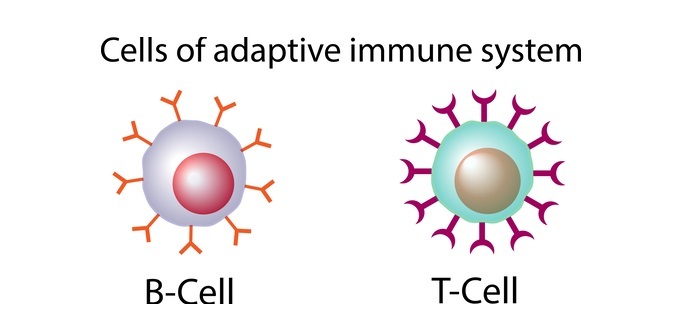
Mechanisms of Central T Cell Tolerance
When precursor T cells first enter the thymus from bone marrow, they lack most of the surface molecules that are characteristic of immature T cells, and also the receptor genes are not re-arranged. Later in thymus T cell development starts and starts the expression of TCRs of random antigenic specificity. During maturation in the thymus, immature T cells undergo an elaborative screening process that involves three main selection events.
Non-selection.
Positive selection.
Negative selection.
Inside the thymus, all nucleated cells express MHC I molecules and under normal conditions these MHC I molecules display self-antigens. Thymic epithelial cells also express MHC I molecules and in the thymus, the bone marrow-derived dendritic cells and macrophages which are antigen-presenting cells present peptides in complex with MHC type II molecules.
These peptide antigens are derived from all the proteins made by these cells and proteins made in extracellular fluid. So in the thymus, the fate of all the immature T cells depends on the strength with which they contact with self-peptide-self-MHC molecules.
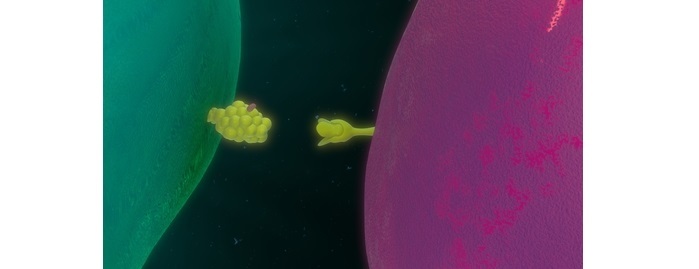
Macrophage binding with t cell
If the immature T cells fail to recognize these complexes, they undergo apoptosis (death of T cells) and most of these have non-functional TCRs which fail to recognize MHC molecules. This selection event is known as non-selection.
If the immature T cells successfully recognize and bind to a specific peptide-MHC antigen complex, the survival signal is conveyed to the nucleus of the T cell. These T lymphocytes then divide and grow further. This process is known as positive selection. Here the T cells binding to peptide-MHC complexes is moderate. In this T cells learn to focus on self-MHC molecules.
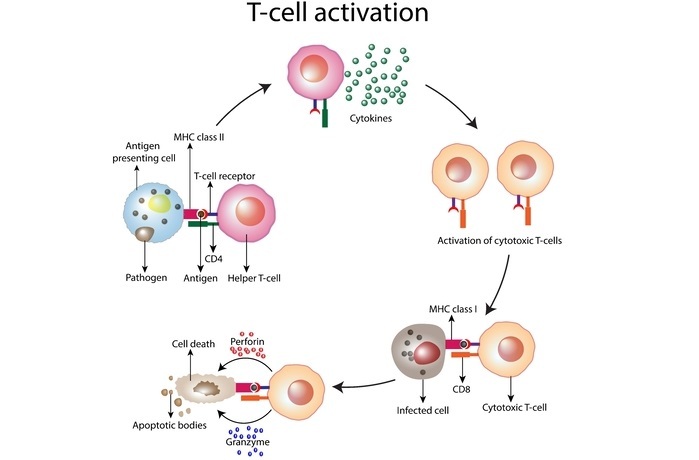
Those immature T cells which bind very strongly to peptide-self-MHC I complexes will undergo apoptosis or becomes T regulatory cells. Such T cells are potentially low to reactive cells. This process of removal of selected T cells is known as negative selection. Dead cells are phagocytosed by macrophages in the thymus.
So by this, we can conclude that immature T cells survive through the positive selection of central T cell tolerance. These are the cells with the potential to recognize non-self-antigens in complex with MHC. Such T cells leave the thymus and migrate to the secondary lymphoid organs.
Negative selection removes all the potentially altered T cells which recognize self-antigens. So negative selection prevents auto-immune disorders. All the self-antigens are not expressed in the thymus. Some appear at other stages or in other tissues. Such auto-reactive T cells escape central tolerance and migrate to peripheral lymphoid organs where the peripheral tolerance prevents their maturation and eliminates them.
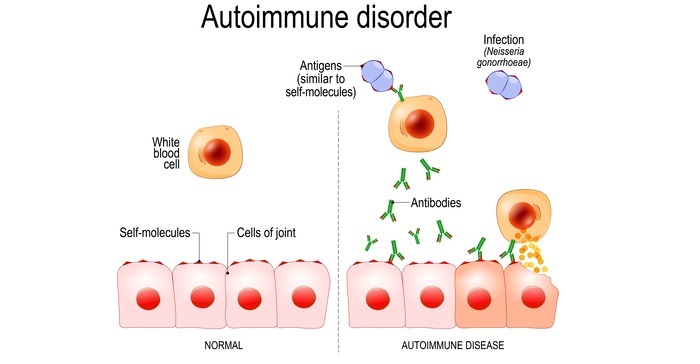
How Do Thymic Cells Display Self-Antigens?
A transcription factor known as auto-immune regulator (AIRE) causes enhanced and random synthesis of self-proteins in the thymus.
This causes the thymic cells to display peptides from proteins that are usually found outside the thymus like the pancreas, lungs, salivary glands, etc.
Mutations in the gene encoding for AIRE protein result in auto-immune endocrine diseases where the immune system inappropriately attacks multiple organs due to abundant self-reactive T cells and it is impaired with negative selection.
Example: Autoimmune polyendocrinopathy candidiasis ectodermal dystrophy (APECED) which is characterized by recurrent candidiasis infections, hypoparathyroidism, and adrenal failure.
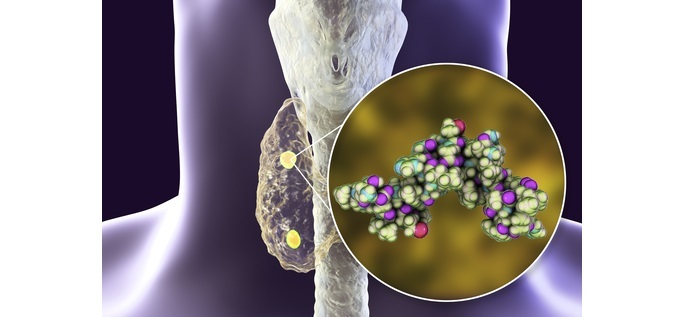
Human parathyroid hormone
Central Tolerance for B Cells
Stroma cells are the main sites inside the bone marrow where the negative selection of the central tolerance for B cells occurs. Tolerance in B cells is less complete when compared to T cells. These stroma cells have their self-antigens which help in the selection of B cells.
Most of these antigens are multivalent which is effective at cross-linking BCRs. If some B cells with their specific B cell receptors or BCRs choose to stick to these antigens of stroma cells very strongly, then they will remain in the bone marrow and can have the below 3 possible mechanism outcomes for inducing tolerance.
Receptor Editing ? Re-arrange the B cell receptors so that they do not react with self-antigens.
Clonal Deletion ? Killed by apoptosis
Anergy State ? Becomes inactivated
So ultimately the self-reactive B cells are made non-functional here as these can produce auto-immune antibodies which result in auto-immune disorders. If the B cell does not stick to stromal self-antigens then these migrate to peripheral lymphoid organs where they encounter specific antigens and get activated, proliferate and differentiate. These effector B cells are known as plasma cells which express the IgD and then proceed to go to the blood.
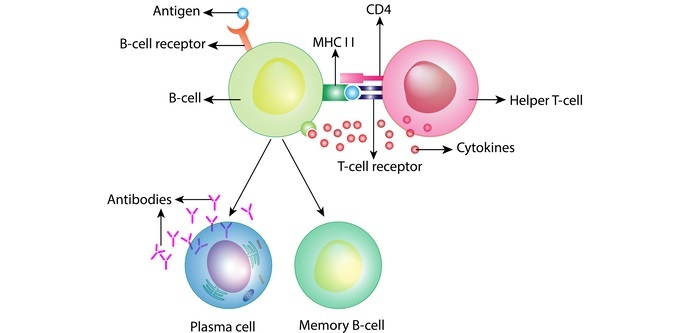
Activation of B-cell
Conclusion
Each of the lymphocytes in the human body expresses antigen-specific receptors. For self and foreign antigens. Our immune system has the ability to react with enormous and diverse foreign antigens while being tolerant to the self-antigens.
This state of unresponsiveness of an immune system towards the antigens is known as immune tolerance and this unresponsiveness towards self-antigens is called self-tolerance. If this self-tolerance is failed by the immune system, it leads to the condition called auto-immunity where the immune system starts attacking the self-tissues.
Auto-immune diseases are the end result of such consequences where the individual's self-tissues and organs get attacked by their own immune system. Self-tolerance is done in 2 steps which are central tolerance and peripheral tolerance.

